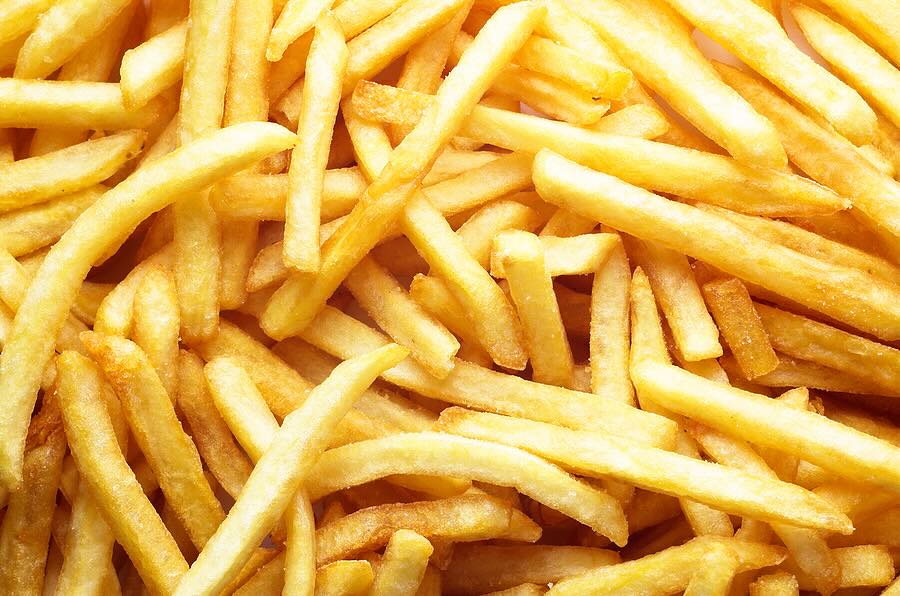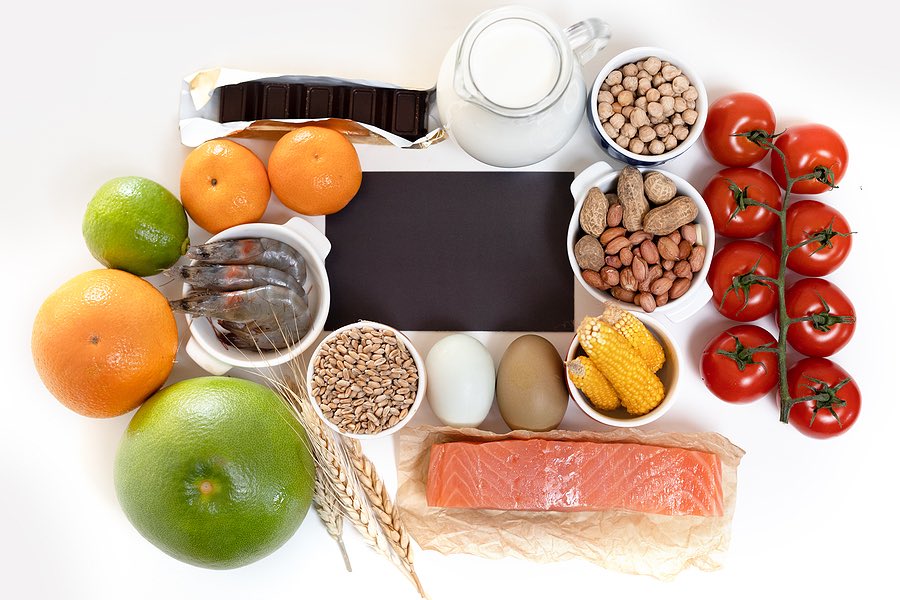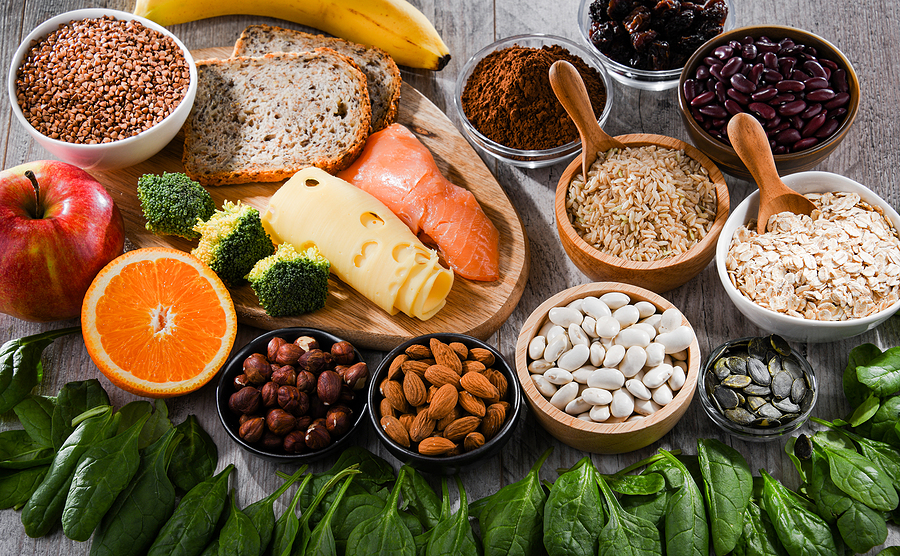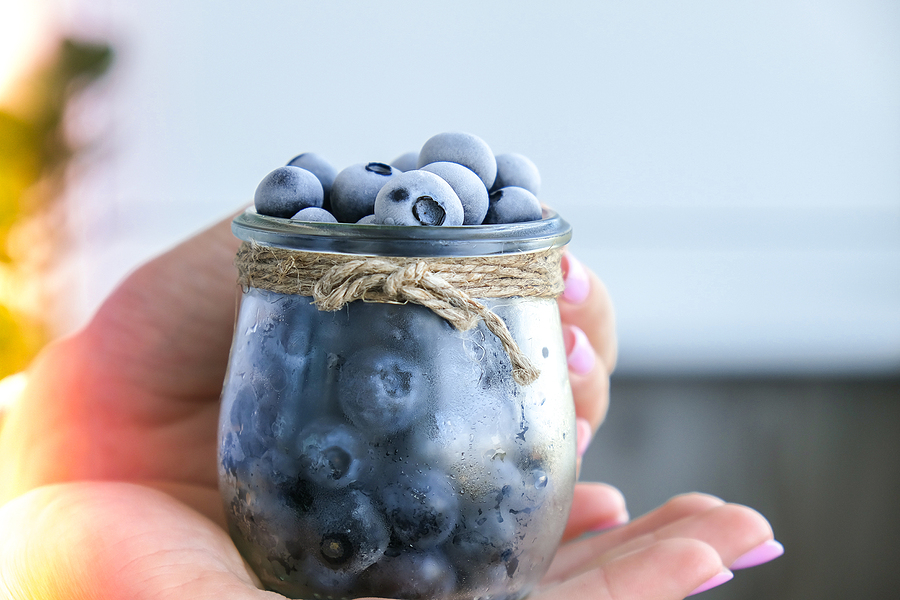Updated: July 13th, 2025
- Summer in Maine means a lot of tempting fried seafood, but think carefully before indulging; they might be worse for you than you know!
- Studies have indicated that risk of mortality increases with frequent consumption of fried foods like french fries, fried chicken, and fried seafood.
- Fried food consumption is associated with increased risk of diabetes, inflammation, poor heart health, and weight gain.
- Try my tips for healthier potato preparation, and my quick and delicious seafood recipes
It’s summertime in Maine, and one of the biggest indulgences for many people this time of year is fried seafood. Fried clams, fried shrimp, fish & chips – it’s fresh and delicious. But what is all that fried food doing to you? Let’s talk about it!
I know so many women who have been working hard to build healthier habits all spring, but when summer hits, they find themselves more likely to abandon them for a less healthy indulgence. I know how hard it can be to hold steady when temptation is all around you, and I’m here to help.
I doubt anyone has the impression that fried foods are good for them – but how bad are they? The answer might be worse than anyone thought! Research over the past several years has increasingly demonstrated that fried foods are linked to a wide range of health issues, including increased risk of mortality. A 2018 study published in the American Journal of Clinical Nutrition brought to light a startling association between fried potato consumption and increased risk of death. That’s right — those french fries you love might be decreasing your life span!
The study, which looked at potato consumption of 4,400 people between 45 and 79 over eight years, concluded that simply eating potatoes did not increase mortality risk, but eating them fried twice a week or more doubled the risk.
Another study of 106,966 participants in the Women’s Health Initiative found that frequent consumption of fried foods, particularly fried chicken and fried seafood, was associated with higher risk of death in women in the US.
These findings may surprise you, but they didn’t shock me. I’ve advised women for years to opt for roasting, steaming, grilling or broiling rather than frying their foods in unhealthy fats.
I grew up in Australia, where we routinely ate fresh and healthy foods. When we came to the United States, it was such a shock to find that processed foods prevailed, and frying was an accepted – and expected – method of preparing food.
I never did get used to it, and thankfully there are plenty of other options – but if you don’t know any better, it’s easy to simply follow the cultural norms. And many Americans still have an insatiable love for anything fried.
Luckily, things are shifting. More and more research is demonstrating how fried foods are harmful to your health, and people are starting to listen. Let’s take a look at how fried foods can impact health, and then I’ll give you some tips on healthy food preparation, and a delicious seafood recipe that skips the fryer!
The Adverse Impact of Fried Foods on Health
Fried foods cook quickly, and they’re often easier to eat on the go, which may explain why they’re so prevalent in our fast-paced society. But what is that convenience doing to your health?
Research has shown that a number of health concerns are linked to the consumption of fried foods, including increased risk of diabetes, heart health, inflammation, and weight gain.
Diabetes
In addition to research that has shown that preparing food at high temperatures, such as frying, can create compounds that increase inflammation and cardiovascular disease in people with diabetes, research in 2010 showed that high-temperature preparation also increased markers associated with type II diabetes in healthy subjects.
Since then, several other studies have turned up similar findings. A 2014 study published in the American Journal of Clinical Nutrition found a significant association between frequent fried food consumption and incident type II diabetes among subjects who did not have diabetes at baseline.
Heart Health
Your heart health could also suffer from overindulging in fried foods. That same study in 2014 showed a moderate association between frequent fried food consumption and incident coronary artery disease. A cohort study of over 15,000 participants in the Physician’s Health Study that was published in the Journal of the American Heart Association in 2015 showed a positive association between fried food intake frequency and increased incidence of heart failure. And a large-scale study in 2020 on more than 150,000 veterans confirmed the link between coronary artery disease and fried food consumption.
Obesity
Frying significantly raises the caloric content of food, as compared to healthier preparation methods like baking or steaming. And since many fried foods come with calorie-laden dipping sauces or toppings, you might be eating far more calories than you thought.
Though there’s long been speculation on the link between the consumption of fried foods and obesity, research has been relatively limited. Since the early 2000s, more evidence has shown this connection, including a 2005 study that showed that increased consumption of fried foods away from home in children was associated with higher BMI. Another study in 2007 also showed an association between high consumption of fried foods and general or central obesity. And a 2021 meta-analysis of studies showed that there is an association between fried food consumption and overweight/obesity.
If you have a genetic propensity towards obesity, the effects of fried food on body weight can be even higher, according to a 2014 study. That same study showed that this genetic impact was twice as big in those who ate fried foods four or more times per week, compared to individuals who only indulged in fried foods once a week or less. That’s good news, because it suggests that changing your eating habits can have an impact, regardless of your genetics! We now can see from genetics if you are more prone to obesity and what exact food plan you can use to decrease this risk. I do this regularly with my weight loss patients.
Are fried foods addictive?
A 2018 New York Times article quoted a Harvard professor suggesting that six fries would be an appropriate serving size. This led to plenty of other commentary in major media outlets, including Today.com. The idea of eating just six fries at a time inspired both ridicule and outrage. Why was there such a visceral reaction to this notion?
It could be that much of the nation is actually addicted to these foods! While the idea of addiction to fried foods may seem over the top, there’s at least one study that supports the theory.
High temp cooking creates acrylamide
Another major concern when it comes to frying food is the production of acrylamide. High temperature cooking can lead to the formation of this substance due to a chemical reaction between sugar and the amino acid asparagine.
Animal studies have indicated that high doses of this substance could pose a risk for several types of cancer.. The Joint Food and Agriculture Organization/World Health Organization Expert Committee on Food Additives (JECFA) called acrylamide a human health concern in 2010, and suggested the need for additional long-term studies.
Can’t live without your fries? Try these healthier options
Despite all the information about how unhealthy fried food is, the average American consumes 30 to 34 pounds of French fries each year. Think about that for a minute. The average American woman weighs 170.8 pounds, according to the Centers for Disease Control and Prevention. That means they are consuming nearly 1/6 of their body weight in fries each year!
While potatoes aren’t my vegetable of choice with so many other delicious options out there, clearly there are many women who don’t share my opinion. And potatoes do have valuable nutrients, especially if you aren’t soaking them in unhealthy oils. So let’s take a look at some healthier preparations that can leave you just as satisfied.
- Toss potatoes in a tiny bit of olive oil and herbs and roast in the oven. If you want them crispy like french fries, bake on very high heat (450 degrees).
- Add a small baked potato to your plate instead of fries (just beware of toppings – sour cream, cheese, and bacon can spike the calorie count quickly)
- Try an air fryer. I was skeptical, but this gadget is a game changer. It leaves vegetables crispy and delicious without the need for a soak in unhealthy oils.
- Make hash browns on the stove top, using a healthier oil, like coconut or olive oil. Leave the skin on for an added nutritional boost.
- Branch out and try these methods with other vegetables – you might just find a new favorite!
Enjoy life longer with healthy choices
I understand how hard it can be to change old habits, especially those so firmly a part of our culture. But while research shows an association between fried foods and mortality, not a causal effect, the information should be enough to give you pause.
Choosing healthy foods is essential to good health, but it’s not enough. For the biggest impact, you also need to decline the unhealthy choices most of the time. And when you recognize how much better you feel, I think you’ll agree it’s worth it. So, step away from the fried food, and give yourself the gift of a long, healthy, satisfying life!
Try these easy and delicious seafood recipes:
Cool and Creamy Shrimp Salad
1½ teaspoons finely chopped fresh dill
½ cup goat yogurt
½ cup white wine
3 cups mixed melon, honeydew and cantaloupe
1 pound shrimp, chopped
8 large romaine leaves, chopped
Juice of two lemons
In a large bowl, combine dill, yogurt, and wine. Mix well. Add melon and shrimp; mix again. Cover and refrigerate for several hours. Serve on chopped romaine leaves, and drizzle with lemon juice. 4 servings
Lemon Shrimp
Juice of 6 lemons
1 tablespoon gluten-free soy sauce
1 tablespoon cornstarch
1 pound shrimp, cleaned
1 tablespoon sesame oil
4 scallions, chopped
In a small bowl, mix lemon juice and soy sauce together. Add cornstarch and mix until a paste is formed. Add shrimp and toss to coat. Heat sesame oil in a large skillet over medium-high heat. Add shrimp and cook for 6 to 8 minutes, until shrimp are cooked through. Transfer to four serving plates, and garnish with scallions. 4 servings
Steamed White Fish
1 pound white fish—cod, haddock, or tilapia—cut into filets
Salt and pepper to taste
4 tablespoons rice vinegar
3 tablespoons gluten-free soy sauce
2 inches fresh ginger root, peeled and finely grated
6 scallions, green ends only, sliced into long thin pieces
Season both sides of fish filets with salt and pepper. In a very large skillet over medium-high heat, combine vinegar, soy sauce, and ginger. Add fish to the skillet and bring the contents of the pan to a boil. Cover and reduce heat to low. Simmer for 7 to 9 minutes or until the fish is almost opaque. Add scallion slices and cover pan. Cook 2 to 3 more minutes until the fish is cooked through. 3 servings








